John Hughes’ Falkirk team relegated Caley Thistle from the top-flight in 2009 – six years before he led Inverness to Scottish Cup glory against the Bairns.
This Saturday, the two sides will meet in momentous clash again, back at Hampden in the national trophy semi-finals and for the right to face either holders Rangers or Premiership champions-elect Celtic in the June 3 final.
Hughes will be at the national stadium this weekend and he’s thrilled by the prospect of seeing two clubs where he experienced success, Championship ICT and League One Falkirk, contest the Scottish Cup last-four tie.
Hughes beat drop with Falkirk, at Inverness’ expense, before 2009 cup final
When Hughes was in charge of the Bairns, a tense top-table relegation fight 14 years ago went to the very last day and a Michael Higdon goal at the Caledonian Stadium sent Caley Thistle down to the Championship.
One week after the crucial win, “Yogi” was leading Falkirk into Scottish Cup final action against Rangers in a game settled by one goal scored by the Gers’ Nacho Novo.
Inverness, under Terry Butcher, bounced back to the top-flight 12 months later by winning the second-tier title, but Hughes remembers fondly how big a week that was for his then-club Falkirk.
He said: “I’ve taken Falkirk and Inverness to Scottish Cup finals.
“When I had Falkirk in the final against Rangers in 2009, it was a fantastic day, albeit we lost 1-0. We were the better football team that day.
“The week before the final, we came up to Inverness and won 1-0, which relegated Caley Thistle from the Premiership, while we stayed up.
“I remember going into that cup final after having a fantastic week of preparation – after the Inverness game, we went down to Sunderland on the Sunday.
“Sunderland gave us the use of their training and hotel facilities. It was fantastic.
“I remember telling the players to take in every minute, even after the game. Reaching a final is still a fantastic achievement and you have to enjoy it. It might only happen once.
“Lo and behold, I did get to another Scottish Cup final with Inverness. Sometimes in football, it can come round again.
“When we beat Celtic 3-2 in the semi-final, I knew we had a right good chance of winning the trophy.
“We knew we had Falkirk in the final, so the two clubs have got great history.”
Manner of success mattered: Hughes
Hughes took over from Butcher in December 2013 and enjoyed three top years in the Highlands.
He led ICT to the League Cup final in 2014, where they lost on penalties to Aberdeen at Parkhead.
But the glory came the next season when, after beating Celtic in a pulsating semi showdown, they held their nerve to beat Falkirk 2-1.
It was a season where Inverness also finished third in the Premiership and secured a Europa League berth with their exploits.
The way Caley Thistle played gained a lot of plaudits and that was important to Hughes, who remains grateful for being given the chance to lead the Highlanders to their only Scottish Cup triumph.
He said: “Inverness is a provincial club. When I went there, Terry Butcher had left a group of really good, talented players.
“All I had to do was put my stamp on the team. I didn’t do it instantly, but gradually it became my team, and I was grateful to have players who were stimulated and realised exactly how I wanted them to play.
“I wanted them to have good ball retention, while also being able to mix it up and it worked a treat for us. We played some great football.
“It wasn’t just about winning the Scottish Cup and having the medal – it was about how we done it.
“As a provincial club, your players are not supposed to be as good as other players. We proved them all wrong.
“Our players became better footballers at Inverness and were different class in terms of the way they had the strong mindset to dominate with the ball.
“It didn’t work all the time, but it brought success.”
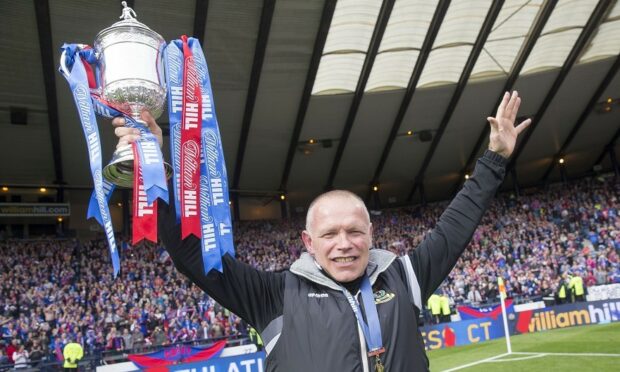
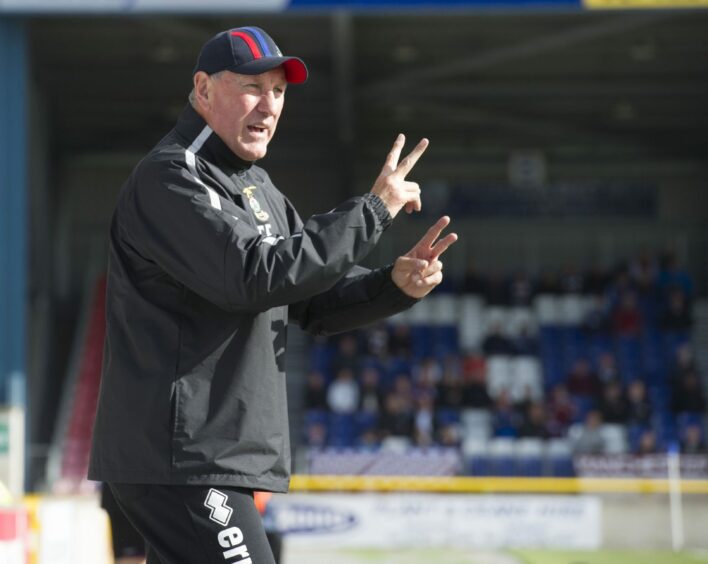

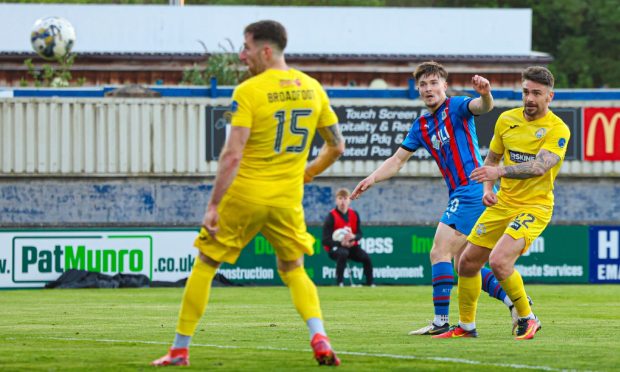
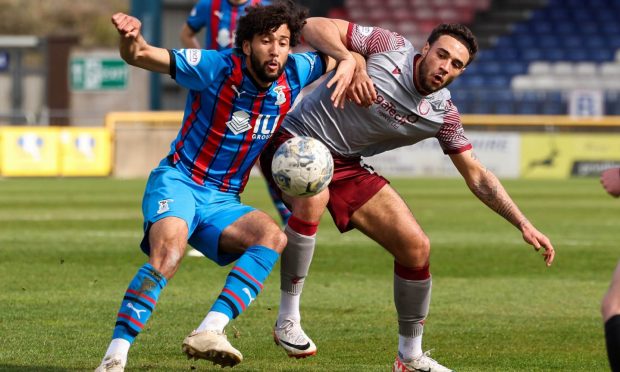
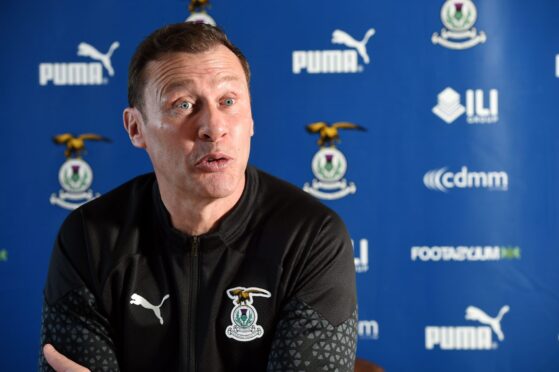
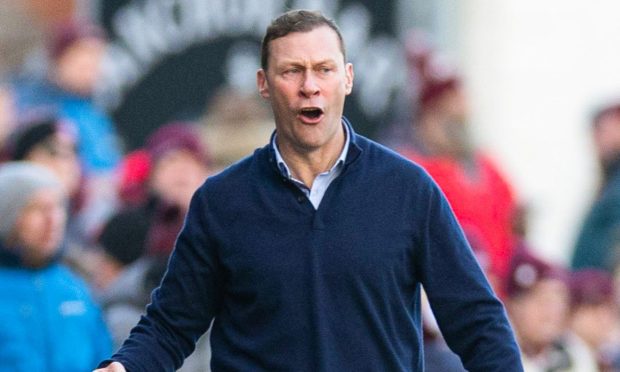
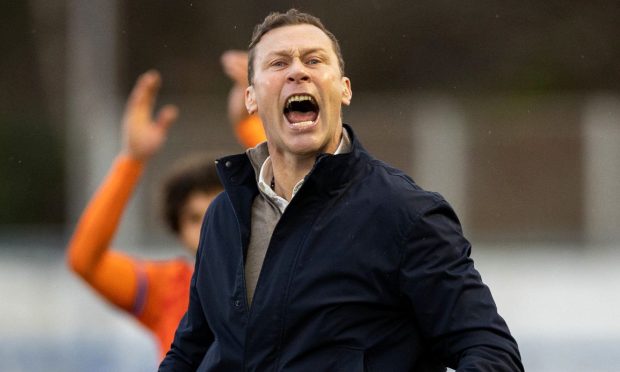
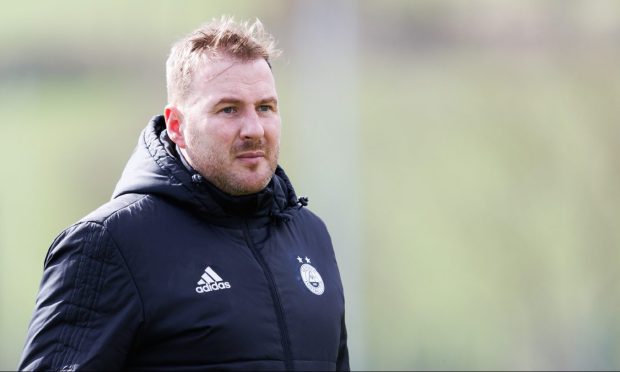
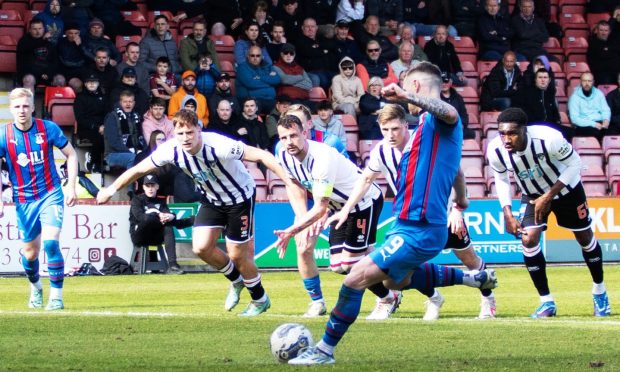
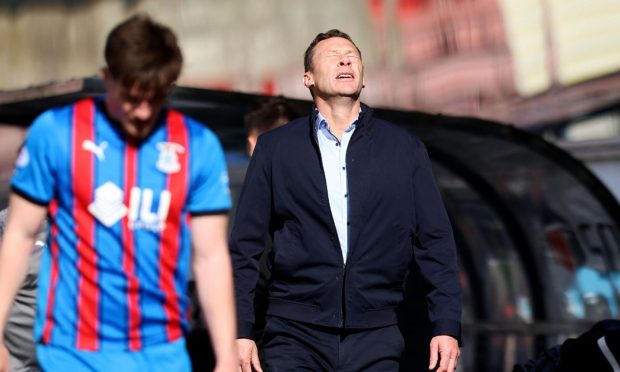
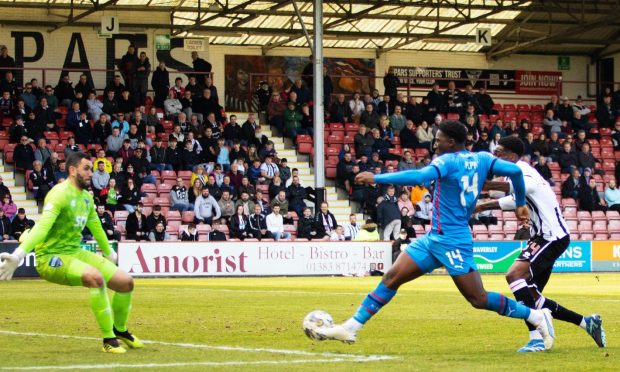
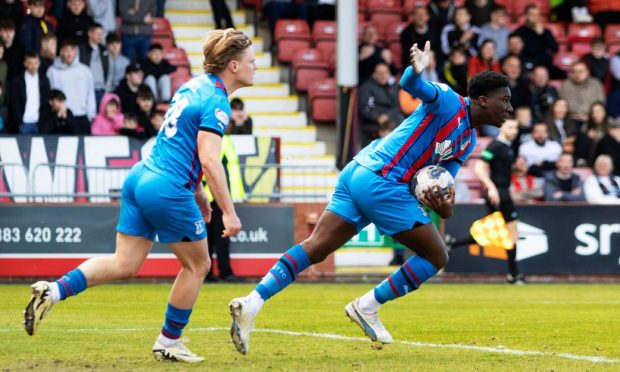
Conversation